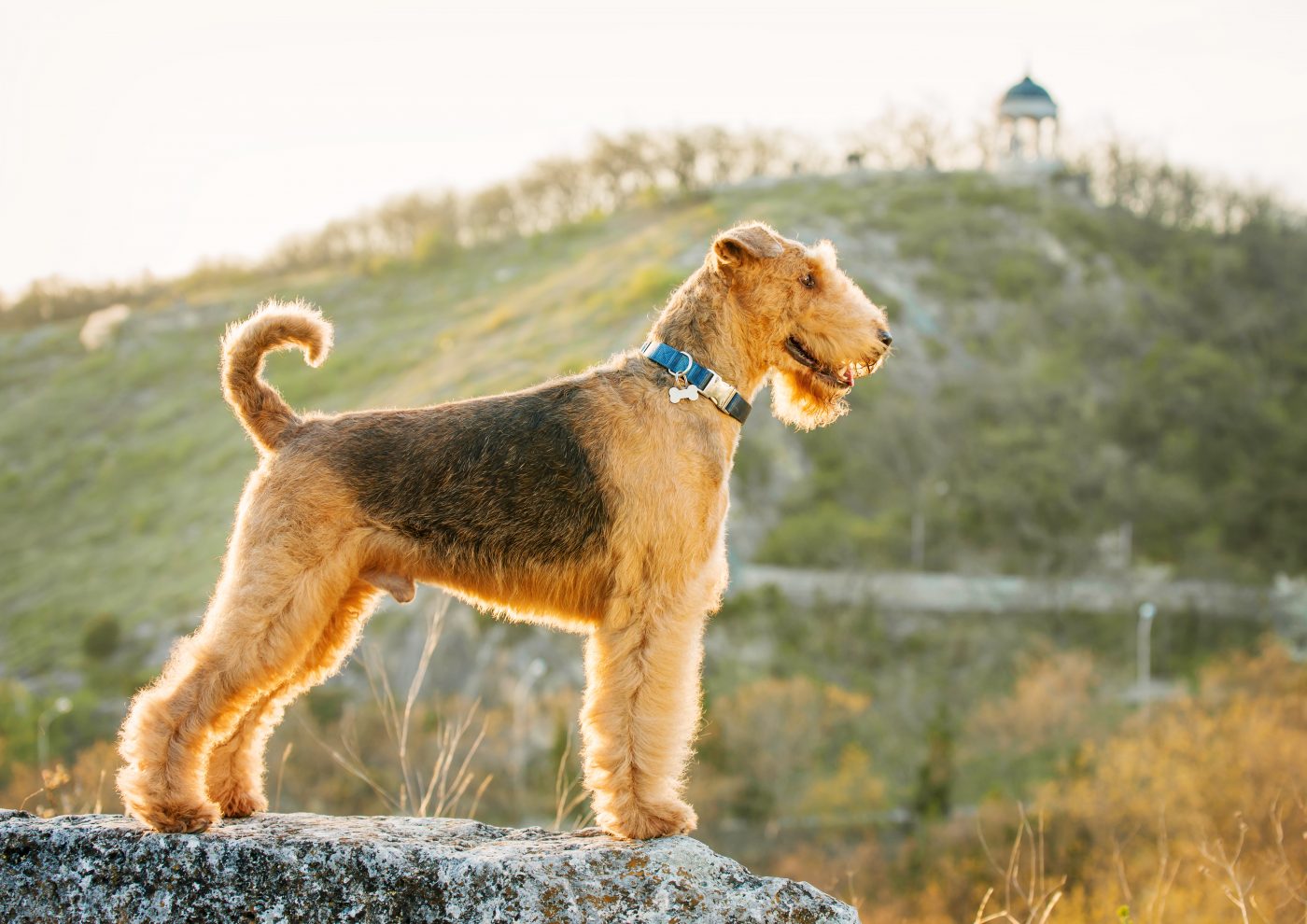 Shutterstock
Shutterstock
The Great Depression brought financial hardship and uncertainty, yet many families still found comfort in their loyal dogs. These companions provided more than affection—they guarded homes, hunted for food, and lifted spirits during tough times. With limited resources, people favored breeds that were low-maintenance, hardworking, or brought joy. Many of these dogs thrived due to their adaptability and usefulness, proving that a devoted canine was still a priority even in hard times. A faithful dog remained an invaluable source of love and security when luxuries were scarce.
Boston Terrier
 Shutterstock
Shutterstock
The Boston Terrier was one of America’s most beloved dogs during the Great Depression. Their small size made them ideal for city living, where many families were forced into smaller homes or apartments. Despite their compact stature, they were known for their lively personalities and affectionate nature, bringing much-needed cheer to struggling families. Boston Terriers were also relatively low-maintenance, requiring little grooming and moderate exercise, making them affordable companions. Their loyalty and friendliness made them a great choice for families looking for a dog that didn’t require much space or money to keep happy.
Scottish Terrier
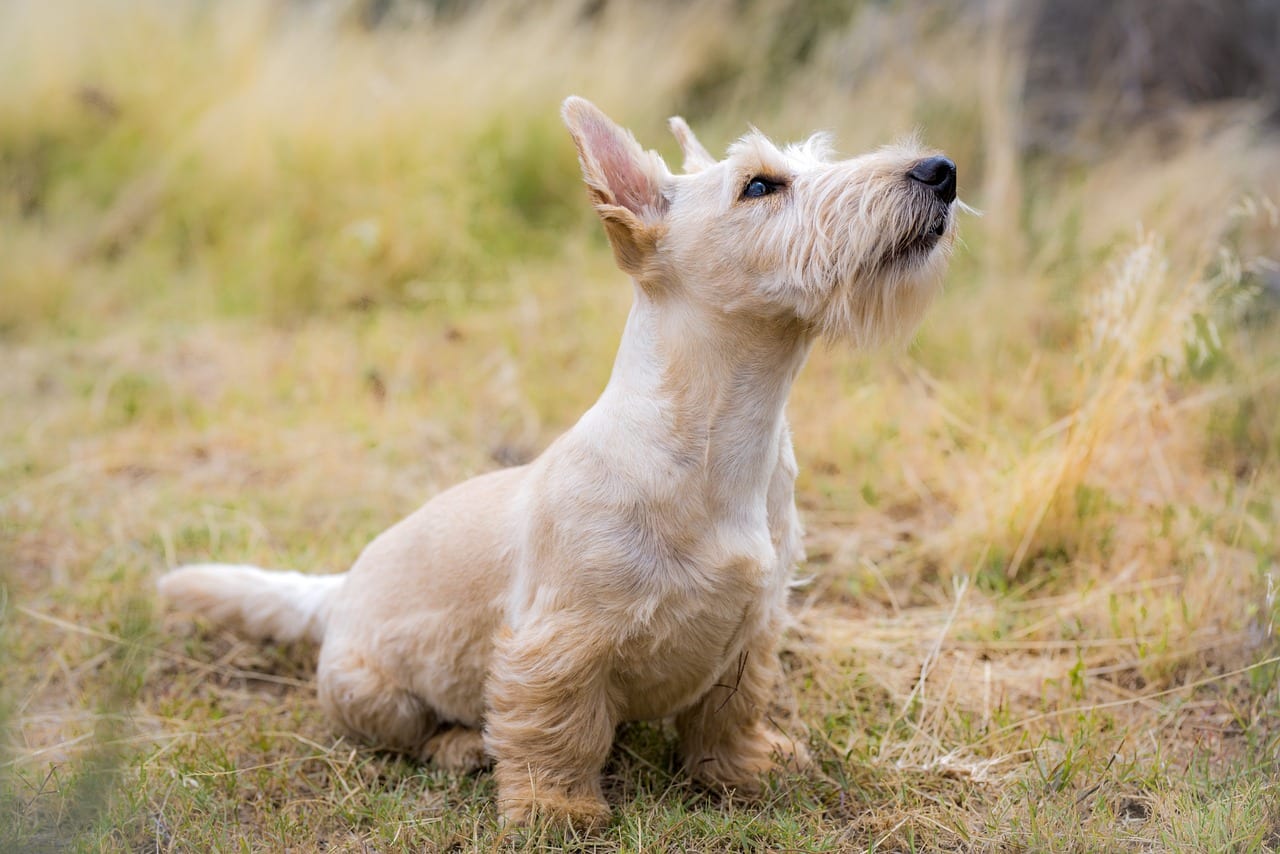 Shutterstock
Shutterstock
Scottish Terriers were a favorite among families during the Great Depression thanks to their adaptability and bold personality. These small but sturdy dogs were excellent watchdogs, offering protection and companionship without needing much space. Their wiry coats required minimal grooming, which was a bonus for families trying to save money. Scotties were known for their independence, yet they formed strong bonds with their owners, providing comfort during difficult times. Their dignified yet feisty attitude made them popular for those looking for a little dog with a big presence.
German Shepherd
 Shutterstock
Shutterstock
The German Shepherd was highly valued during the Great Depression for its intelligence, versatility, and loyalty. Many families relied on these dogs for protection, herding, and even hunting small game to supplement their food supply. Their quick learning ability made them useful working dogs in rural areas, where they helped guard livestock and property. Despite their size, they were known for their deep devotion to their families, making them excellent companions. German Shepherds’ resilience and hard-working nature made them a practical choice during tough economic times.
Cocker Spaniel
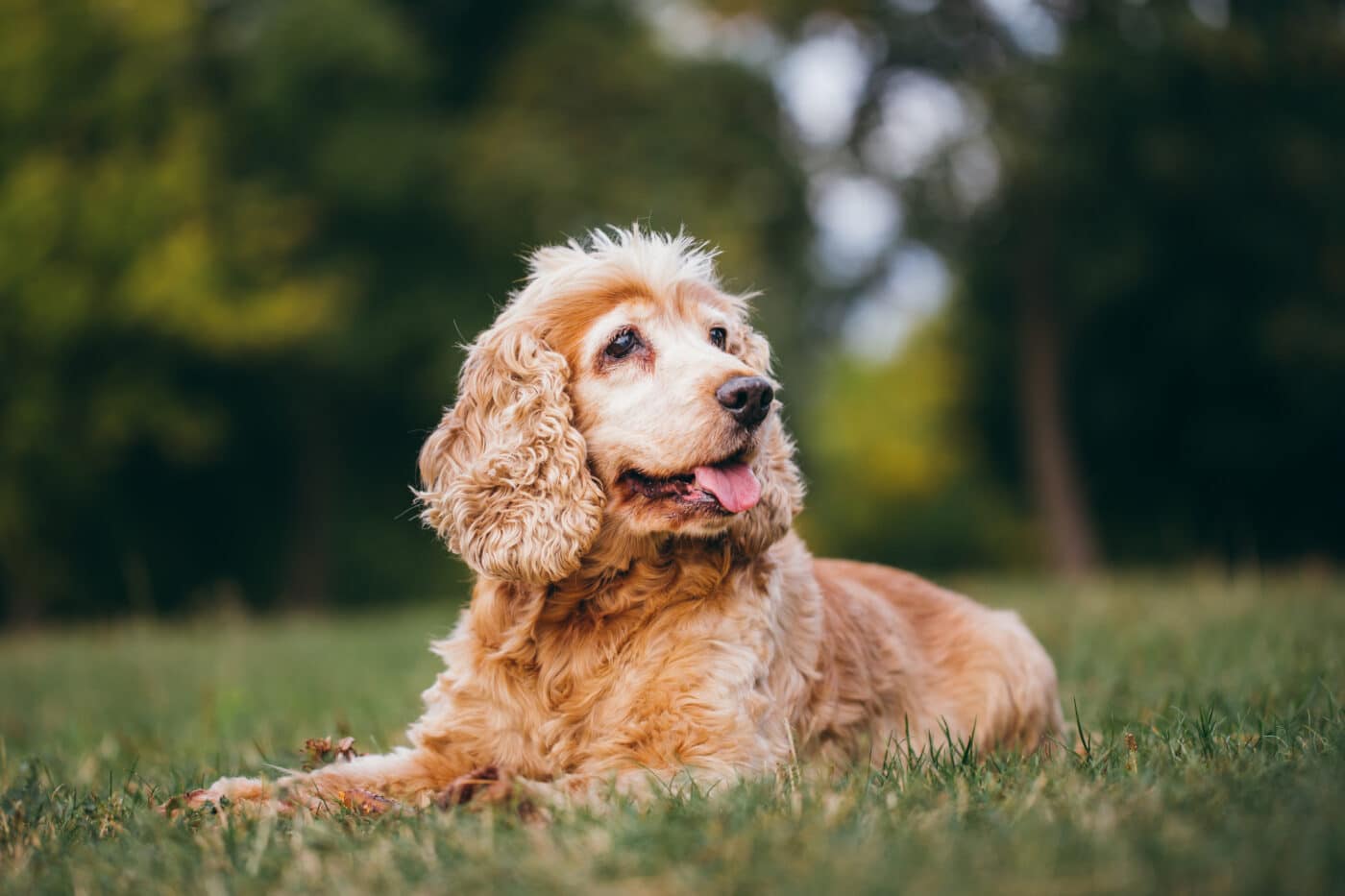 Shutterstock
Shutterstock
Cocker Spaniels remained a favorite during the Great Depression due to their loving temperament and hunting skills. Many families kept them as bird dogs, helping provide food when times were tough. Their medium size and cheerful personalities made them great family pets, offering comfort during difficult times. Cocker Spaniels were also relatively easy to care for, with a playful nature that kept spirits high. Their gentle demeanor and affectionate personality made them popular in urban and rural households.
Beagle
 Shutterstock
Shutterstock
Beagles were ideal during the Great Depression because of their small size, low food requirements, and excellent hunting skills. Many rural families relied on them to track and hunt rabbits, providing an additional food source. Their friendly and affectionate nature also made them great companions, especially for children. Beagles required little grooming and were hardy enough to thrive in various living conditions, making them practical for struggling families. Their cheerful personality brought joy even in the hardest times, solidifying their place as one of America’s favorite breeds.
Collie
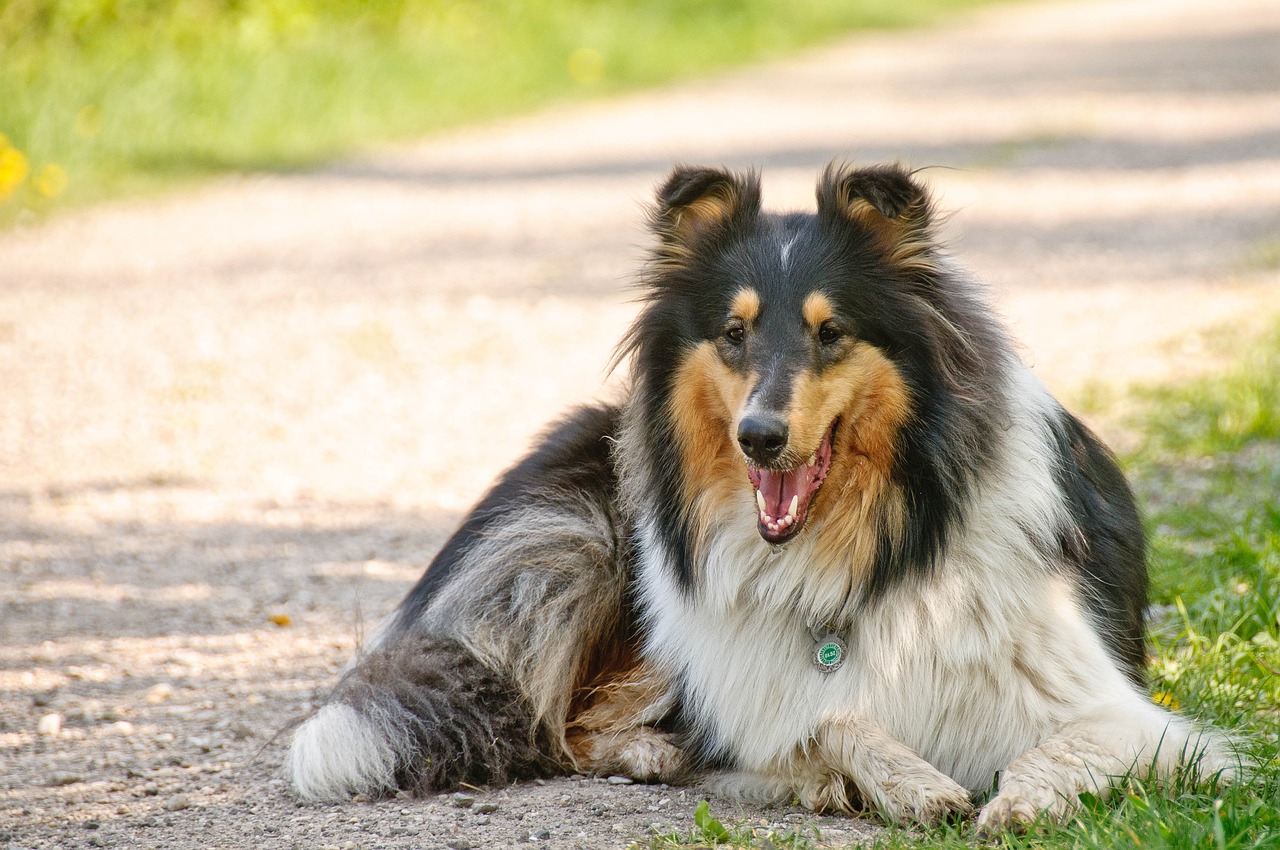 Shutterstock
Shutterstock
Collies were famous in the 1930s, partly due to their role in books and movies like Lassie Come-Home. However, their popularity wasn’t just due to their Hollywood status—they were genuinely useful farm dogs. Their herding skills made them invaluable to families who depended on livestock for survival. Collies were highly intelligent, easy to train, and deeply loyal, making them both working dogs and beloved companions. Even families who didn’t own farms loved them for their protective nature and gentle disposition with children.
Fox Terrier
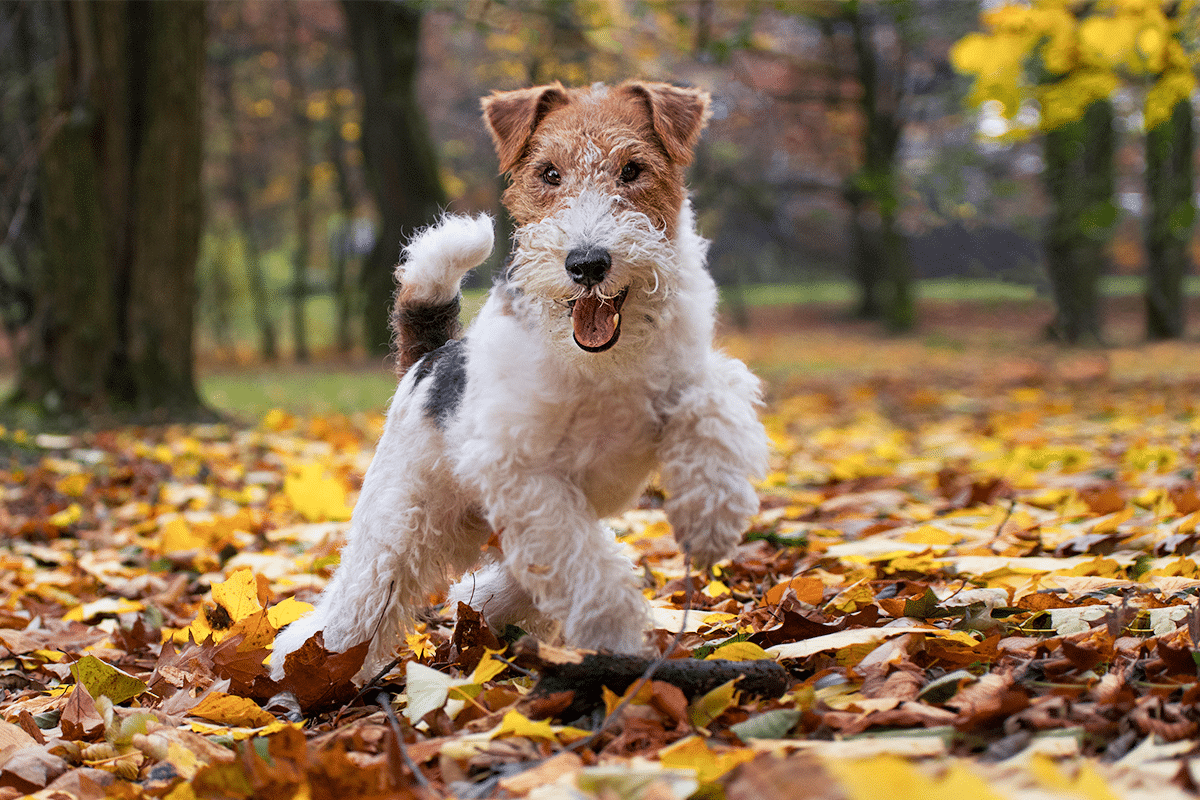 Shutterstock
Shutterstock
Fox Terriers were popular during the Great Depression thanks to their small size, scrappy attitude, and excellent vermin-hunting skills. These energetic dogs were useful in keeping homes and barns free of rodents, which was particularly important in lean times. Their low-maintenance coats and adaptability made them a favorite in both cities and the countryside. Despite their feisty nature, they were deeply affectionate with their families and provided endless entertainment. Fox Terriers were the perfect mix of useful and lovable, making them a top choice during hard times.
Bulldog
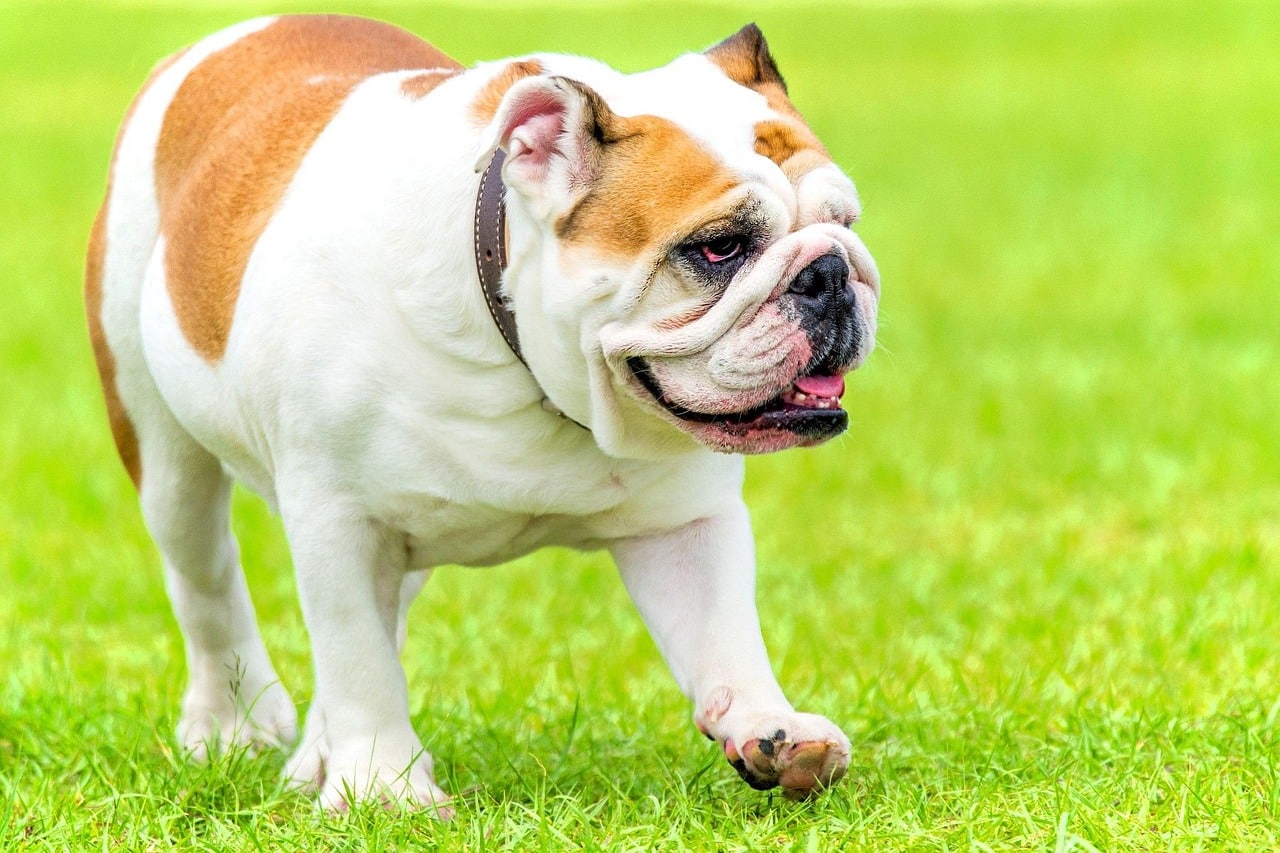 Shutterstock
Shutterstock
Bulldogs were a comforting presence for many families during the Great Depression. Their calm demeanor and unwavering loyalty made them excellent companions in tough times. Unlike more energetic breeds, Bulldogs were content with short walks and lounging around, making them easy to care for even in small living spaces. Their strong, stocky build gave them an intimidating look, making them decent watchdogs despite their gentle nature. Families appreciated their low-maintenance grooming needs and affectionate personalities, making Bulldogs a popular breed during the 1930s.
Chihuahua
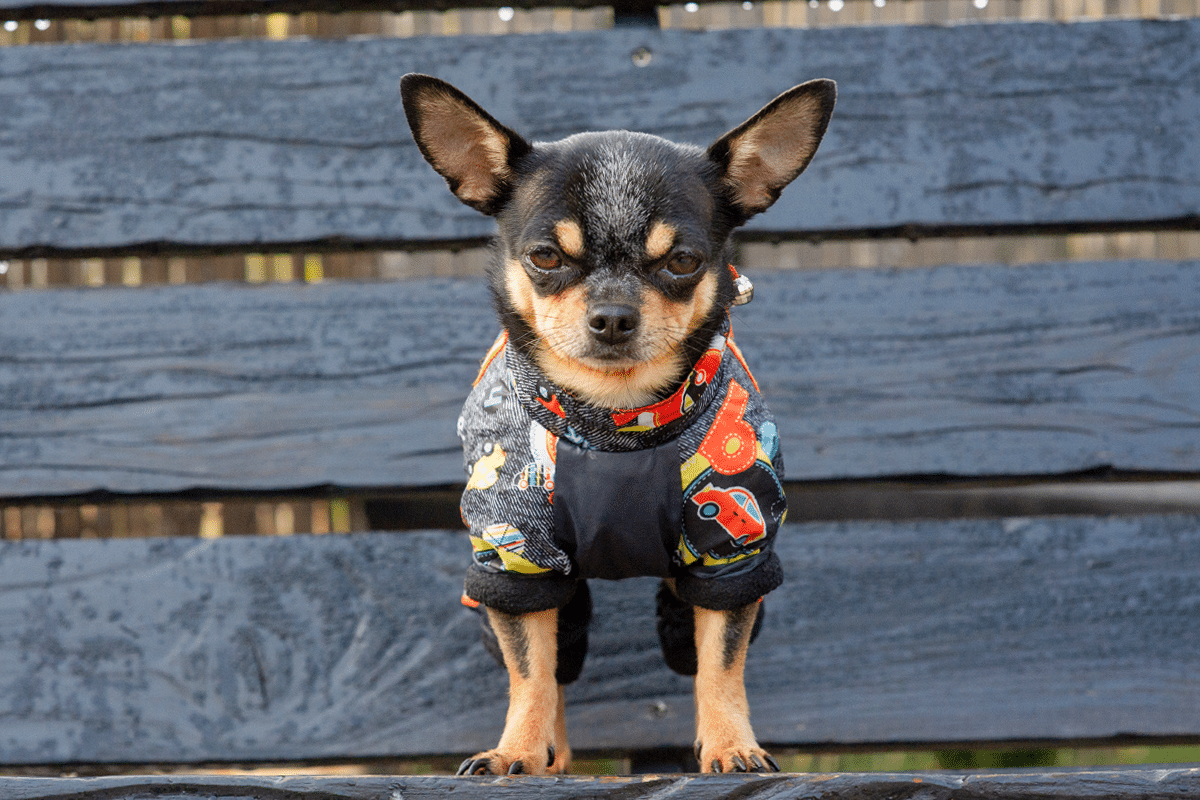 Shutterstock
Shutterstock
The Chihuahua became increasingly popular during the Great Depression due to its tiny size and minimal care requirements. Families who couldn’t afford large amounts of dog food found Chihuahuas to be a perfect fit, as they ate very little. Their small size made them well-suited to apartment living, and their playful, spunky attitude brought joy to their owners. Despite their tiny stature, they were known for their big personalities and protective instincts. Chihuahuas proved that even the smallest dogs could offer companionship and security in uncertain times.
Dachshund
 Shutterstock
Shutterstock
Dachshunds were common in many households during the Great Depression because of their small size, low food consumption, and exceptional hunting abilities. They were originally bred for tracking and hunting small game, which made them helpful in providing food for struggling families. Their loyal and affectionate nature made them excellent companions, offering emotional support during difficult times. Dachshunds were also highly adaptable, thriving in both rural and urban environments. Their distinctive long bodies and playful personalities brought a bit of humor to even the darkest days.
Airedale Terrier
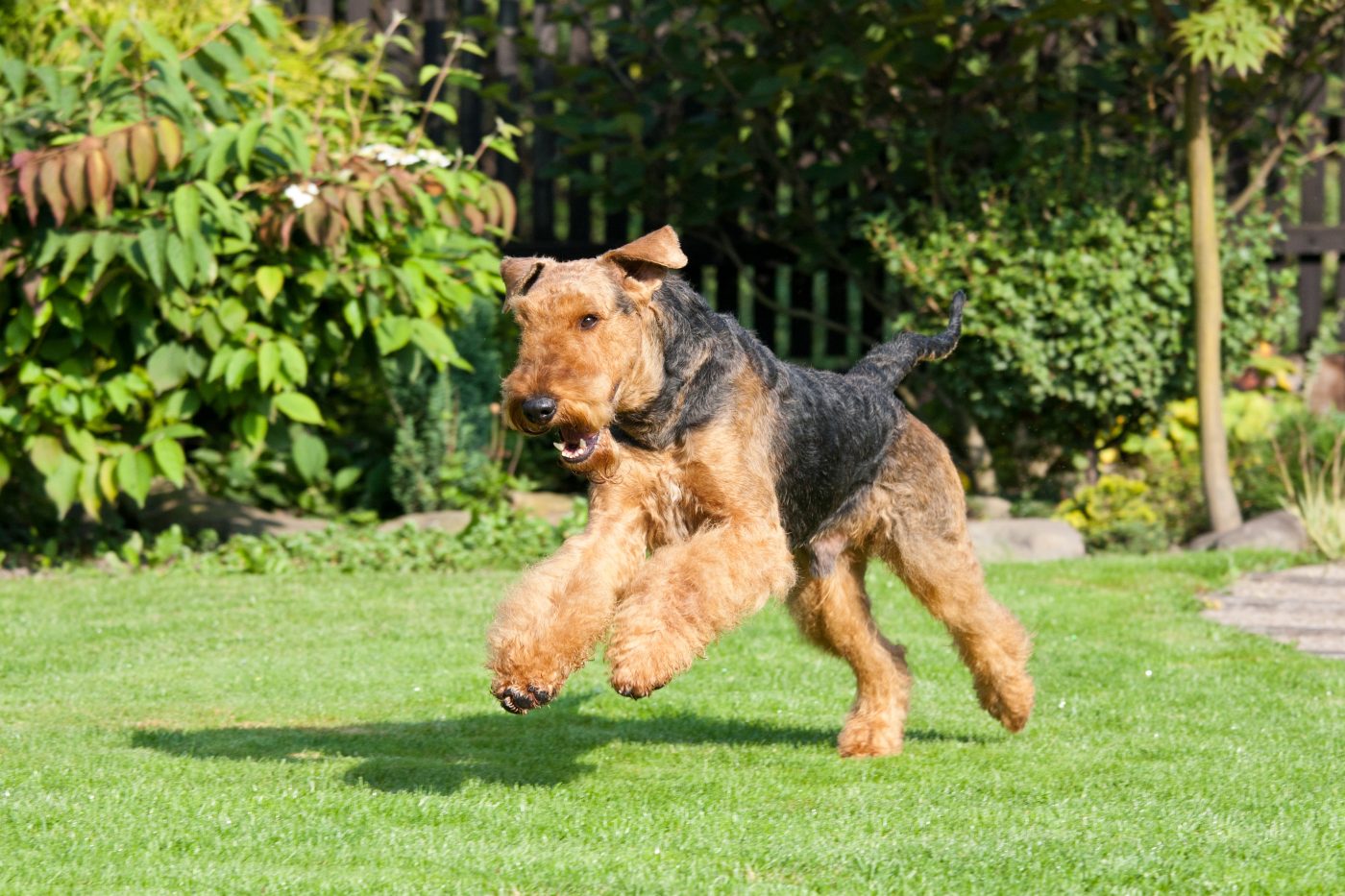 Shutterstock
Shutterstock
The Airedale Terrier, often called the “King of Terriers,” was popular during the Great Depression due to its versatility and protective nature. These intelligent dogs were used for hunting, guarding, and even working as police dogs, proving their worth in many ways. Airedales were highly trainable and known for their courage, making them valuable companions in uncertain times. Their wiry coats required little maintenance, and they were hardy enough to withstand various living conditions. Families appreciated their loyalty, making them a beloved breed throughout the 1930s.
The Dog Days of the Great Depression
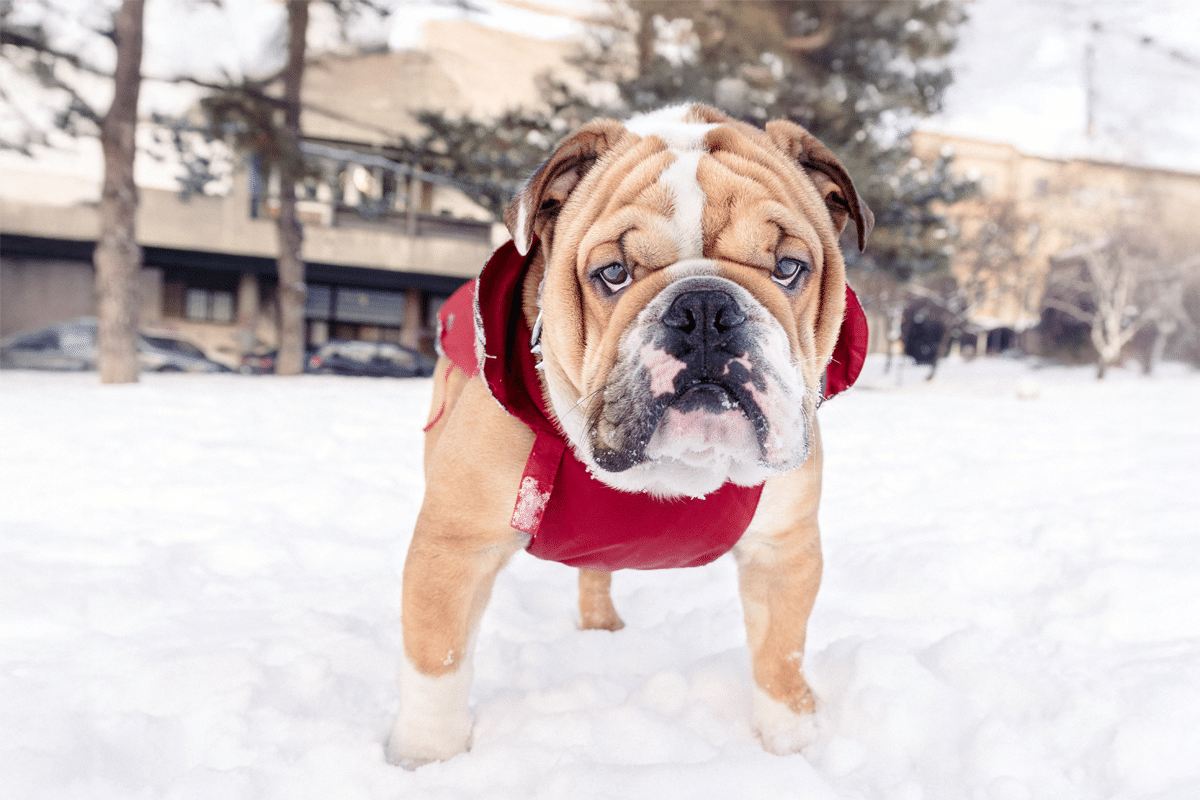 Shutterstock
Shutterstock
Despite the hardships of the Great Depression, dogs remained a source of joy, security, and practical support for struggling families. Whether hunting for food, guarding homes, or providing warmth and comfort, these breeds proved their worth as loyal companions. Their resilience and devotion continue to be admired today, reminding us that even in the hardest times, a dog’s love is unwavering. While circumstances may change, the bond between humans and their canine friends remains timeless. No matter the era, a faithful dog is always priceless.

 2 weeks ago
11
2 weeks ago
11

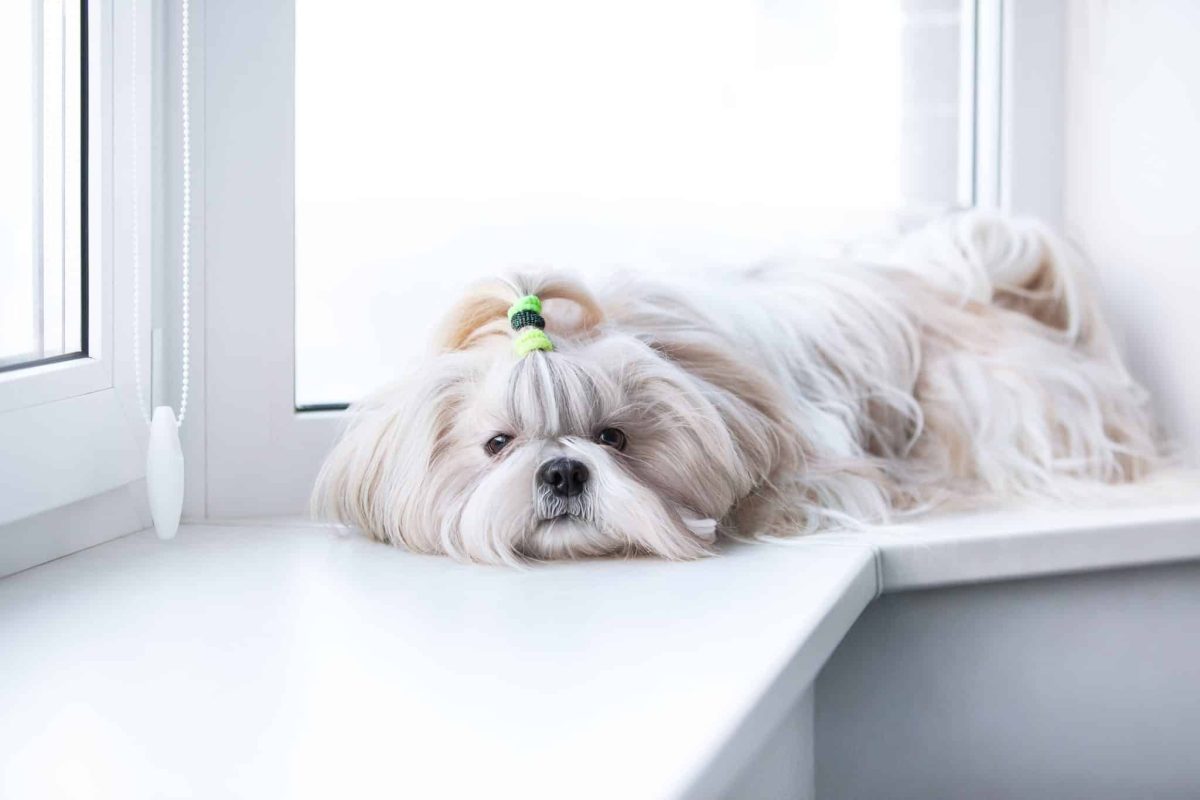





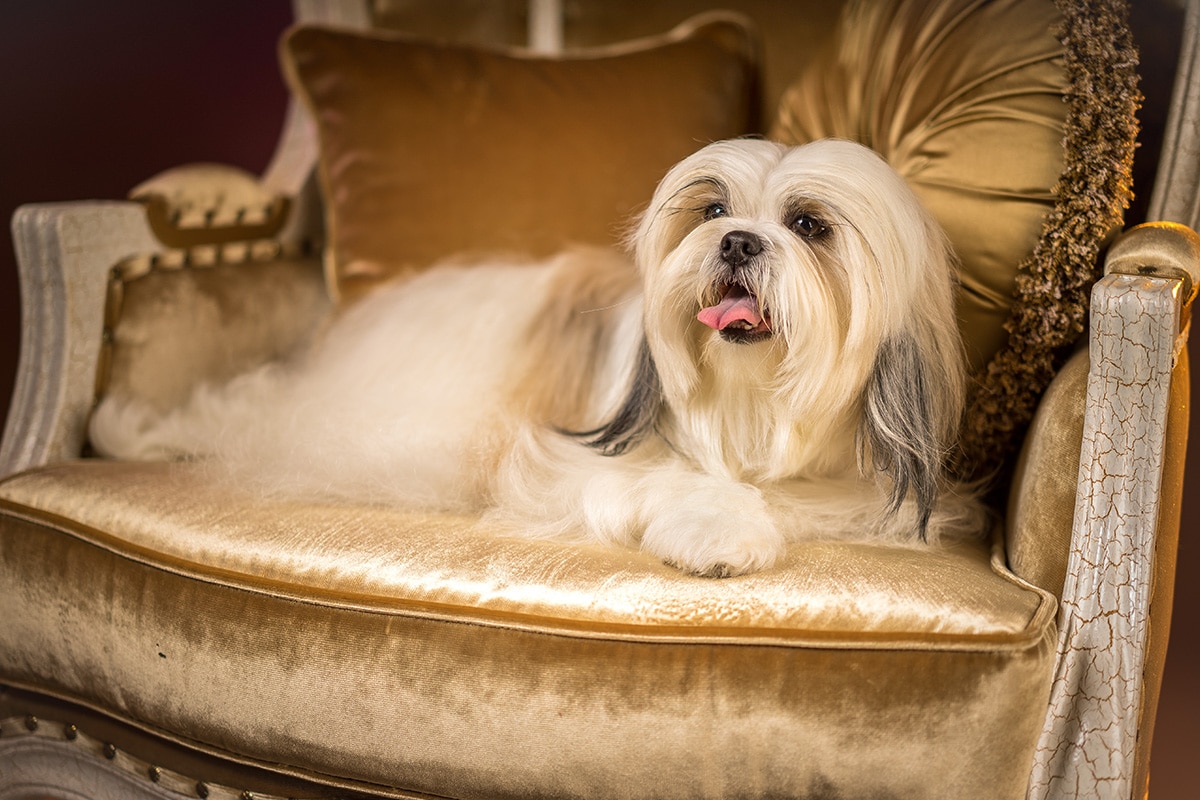
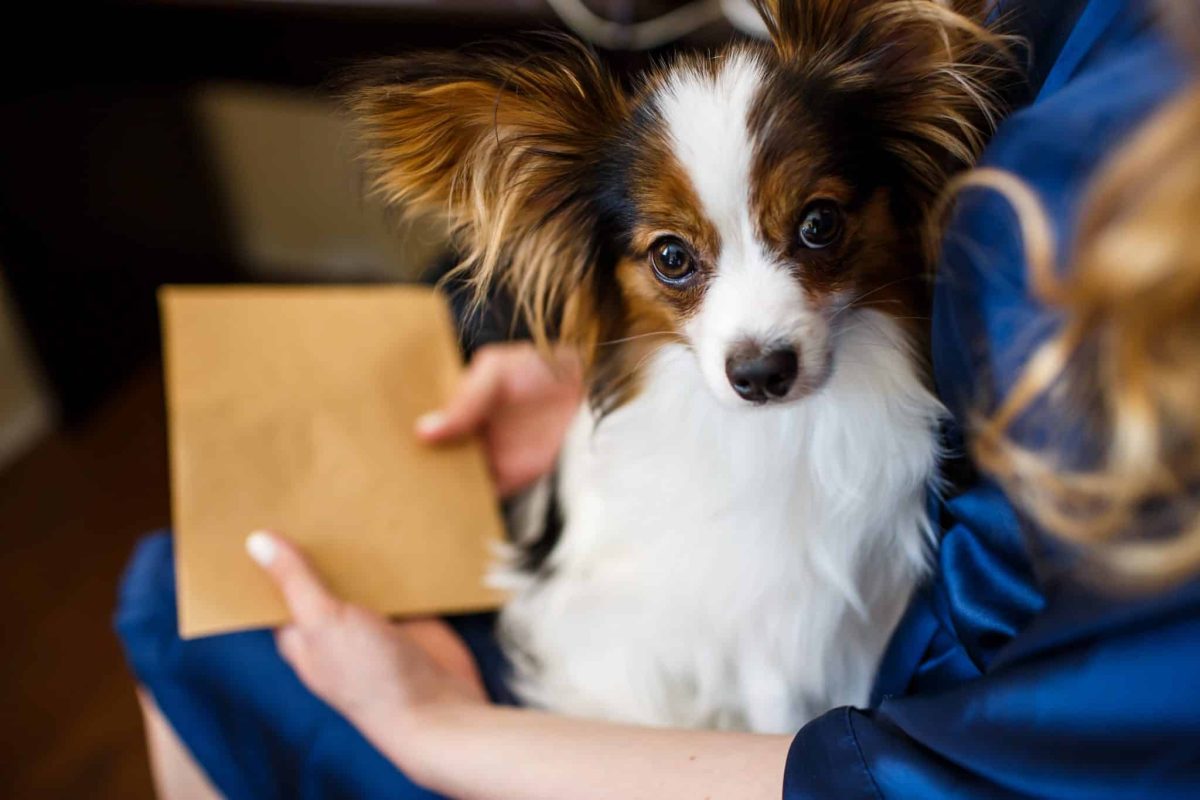









 English (US) ·
English (US) ·